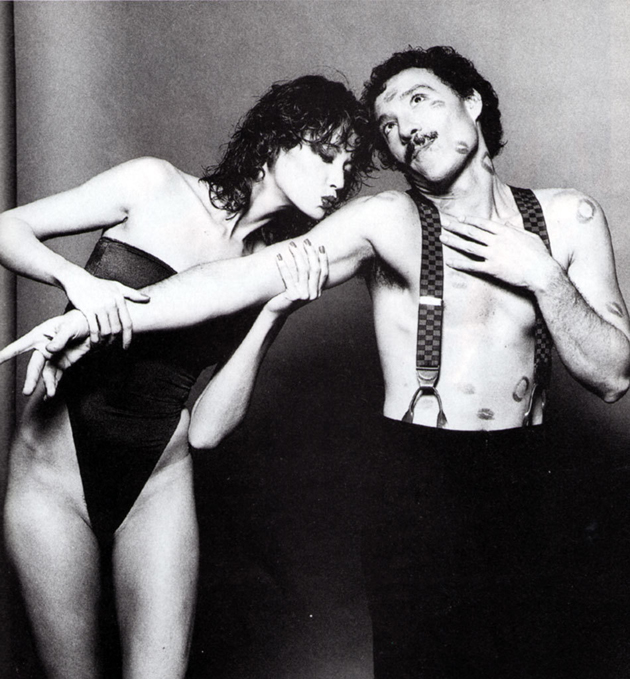Summer has arrived and its time to get in shape. Here are some key pieces that we suggest to help you on your way.

Styling by Vanessa Cocchiaro
Summer has arrived and its time to get in shape. Here are some key pieces that we suggest to help you on your way.

Styling by Vanessa Cocchiaro
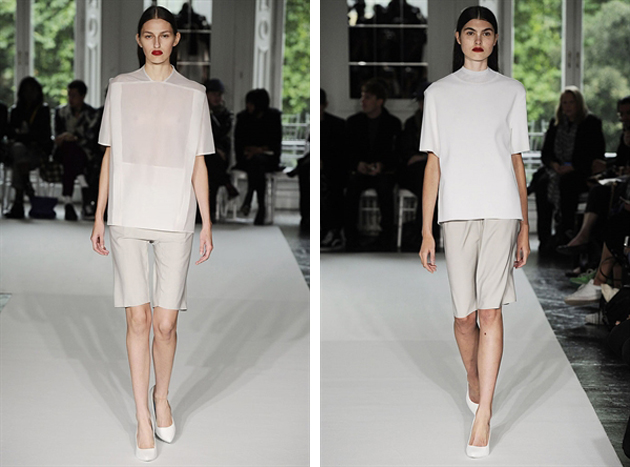
Last week Thomas Tait was announced winner of the inaugural LVMH prize sealing his position as fashion world’s newest darling. Being selected as winner among 12 creative finalists by a prestigious jury that included designers Karl Lagerfeld, Raf Simons, Nicolas Ghesquière and Marc Jacobs, must mean there is clearly something about the clever Mr. Tait. But what?
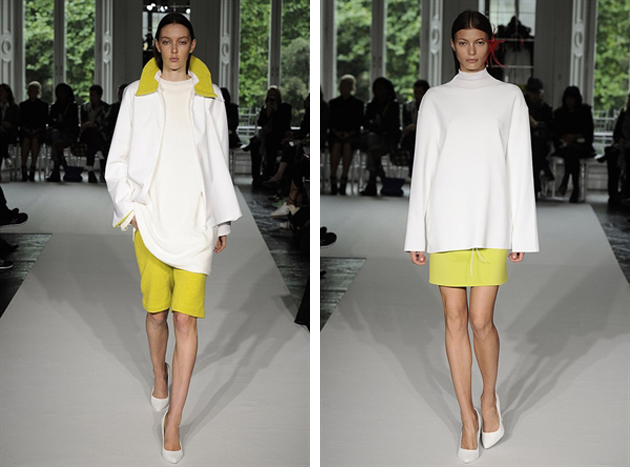
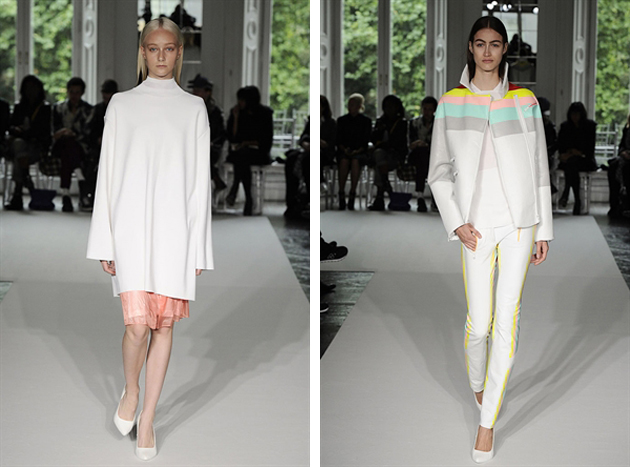
The native Canadian has previously attained a technical diploma from Collage La Salle in Montreal. He began his career in 2010 after graduating as the youngest graduate ever from London’s Central Saint Martins, an indisputable hub of fashion talents. Tait’s graduation collection was shown in London during AW 2010 runway shows and introduced his particular focus on geometric shapes and basic colors. While he often restrains to black and white, Tait’s designs are made playful and frisky by slightly oversized shapes and exaggerated lines. The play with geometry of the garments became Tait’s signature trait, seen on his later collections where the color scheme remained unchanged, but different materials and processes were applied to create movement and structure – such as pleats mixed with smooth counterparts on skirt designs.
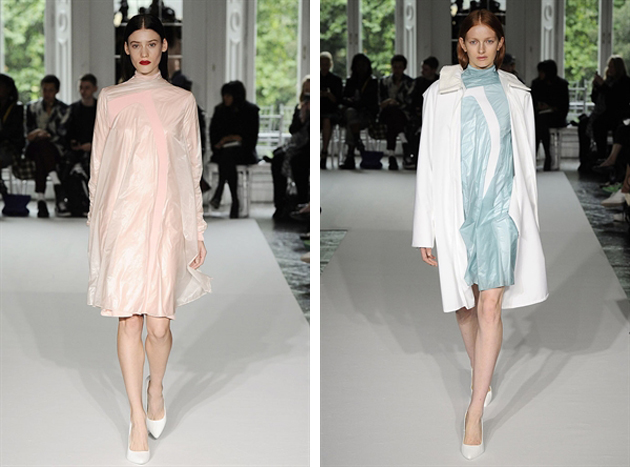
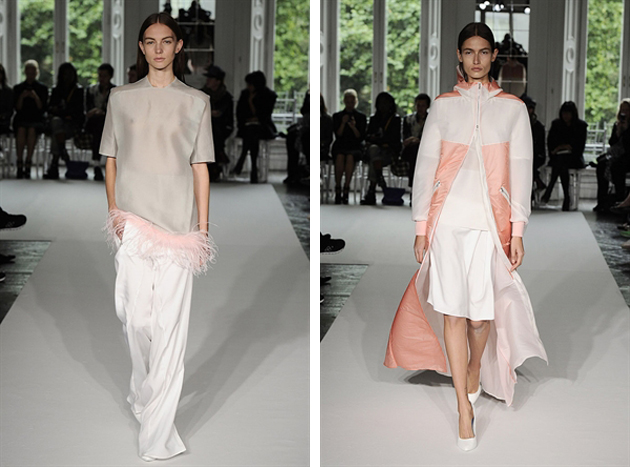
In his first spring collection the designer added more colors, with pastels and a mix of materials used to create a layered yet relaxed sportswear look – with sports as the operative word for all of Tait’s collections. With each season, bolder colors and more exaggerated shapes were used in direct reference to the neon trend and the idea of merging future with the present. However, just as we managed to wrap our mind around Tait’s designs, the new SS 2014 collection showcased an unpredictable and entirely new train of thought. The features he previously treated separately – namely, colors and shapes – were fused together under his distinctive aesthetics, perpetually reinventing pieces that have become staples in his work.
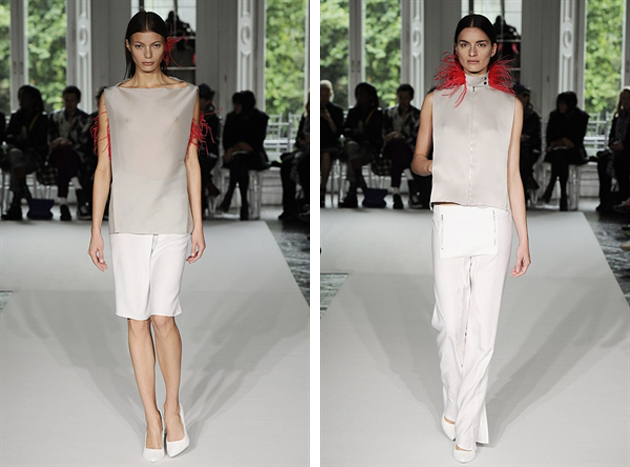
Thomas Tait has a certain je ne sais quoi, as the French put it, that charges his apparently simple designs with a bold personality – a personality able to tell a story in many different languages and styles. The constant ability to rework what has already been done, might just be the characteristics that made him stand out among the 12 finalists. Turning something expected into an unexpected treat is a very special kind of gift – almost as if you were spinning straw into gold.
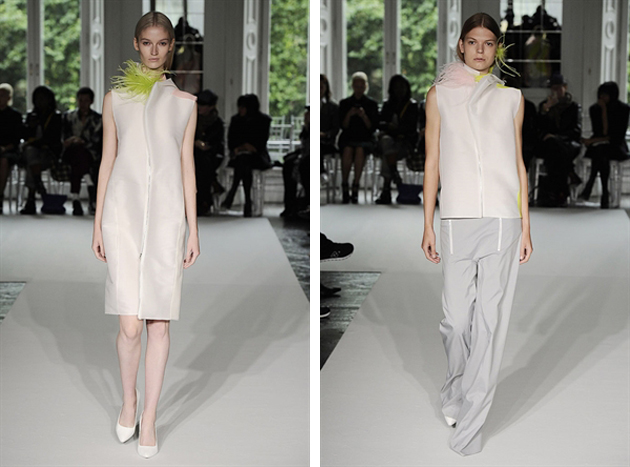
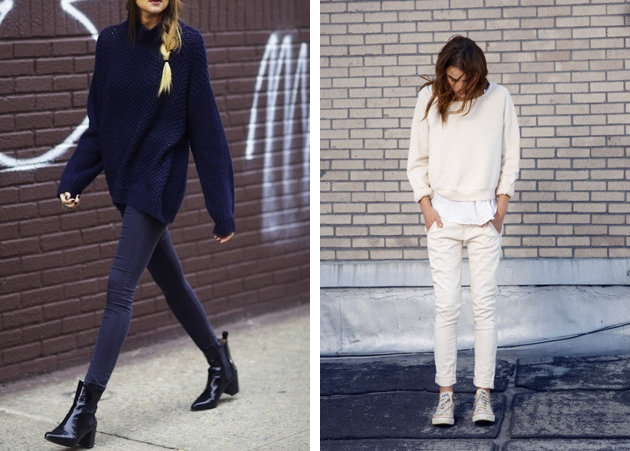
The definition of monochromatic in fashion simply means featuring a lighter and darker version of the same color. Or even choosing all the pieces of the exactly same shade. Although we recently saw a big come back of color blocking, the difference between the two trends is substantial. The first one requires creating a bright and effective combination between two different tinctures, which is not as easy as it may seem. In the second case, instead, your goal is just choosing the right hues of the same color and combining them together. It monochromatic trick might be simple and elementary when the colors are neutral, a little bit more difficult if you aim for bolder tones.
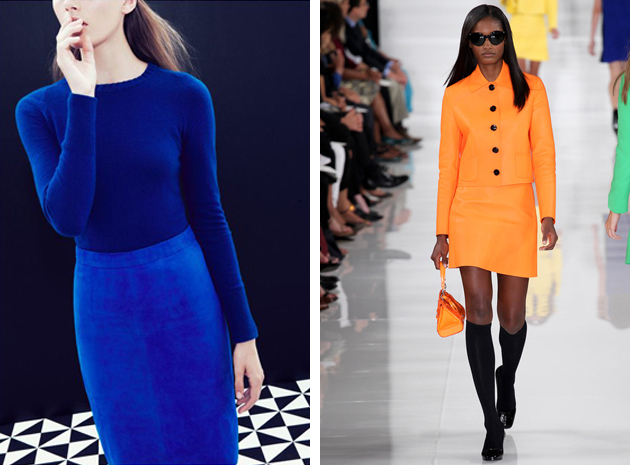
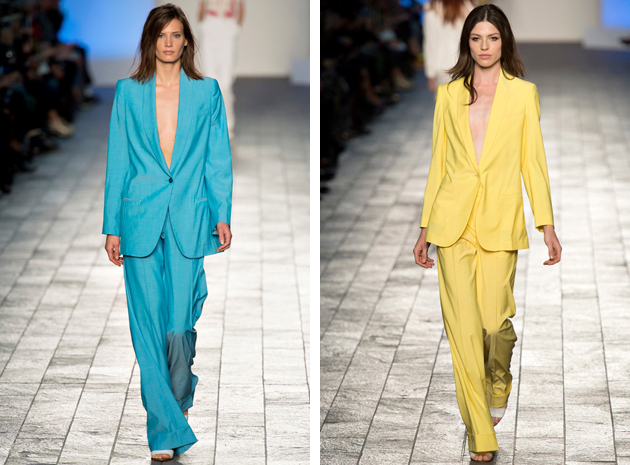
For the ultimate inspiration, one should have a look at the last fashion shows,for Spring-Summer 2014, where, in fact, many designers have chosen a monochromatic approach. In New York we saw a sequence of bright colors at Ralph Lauren’s show, from freesia yellow to venetian red; in Paris we took a long calm breath at Felipe Oliveira Baptista who created relaxing shades of green and blue, giving space both to jumpsuits, long dress and extra large coats.
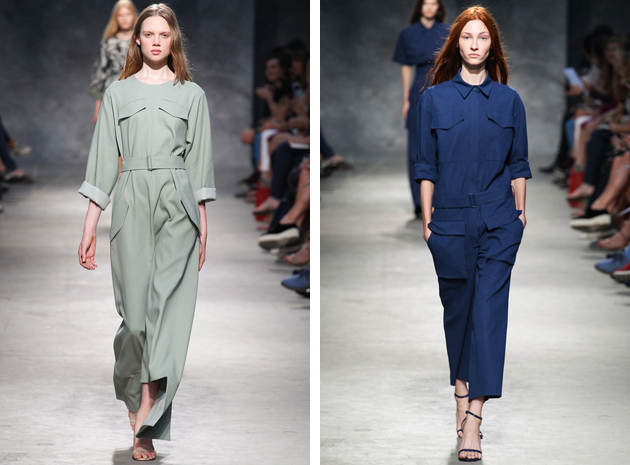
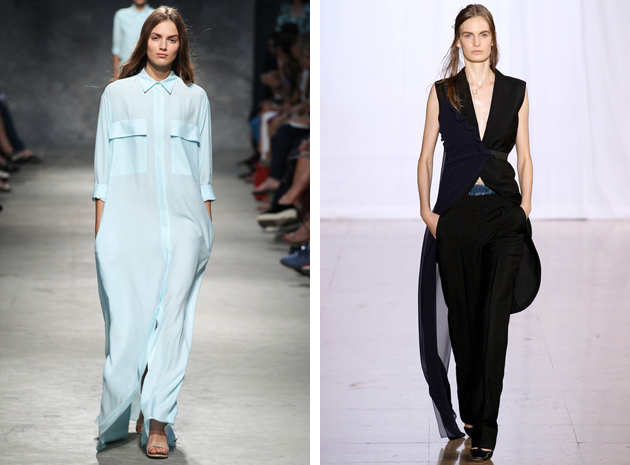
Paul Smith continued on his colorful path, the one started with Autumn-Winter 2013-14 collection, where he showed his mastery in powerful color blocking. This time around he made it simple by combining the exactly same shade of a single color on his masculine and comfy suits. Maison Martin Margiela has always supported the trend and for SS 2014 gave us a few looks composed of trousers and long sleeved shirts, for a minimal yet chic result, especially in burgundy.
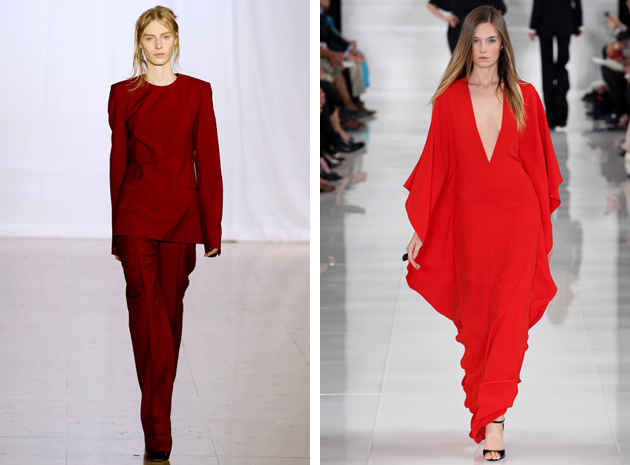
There is more than one way to feel flushed this summer, think of the frosty feel of a gentle pink blush.
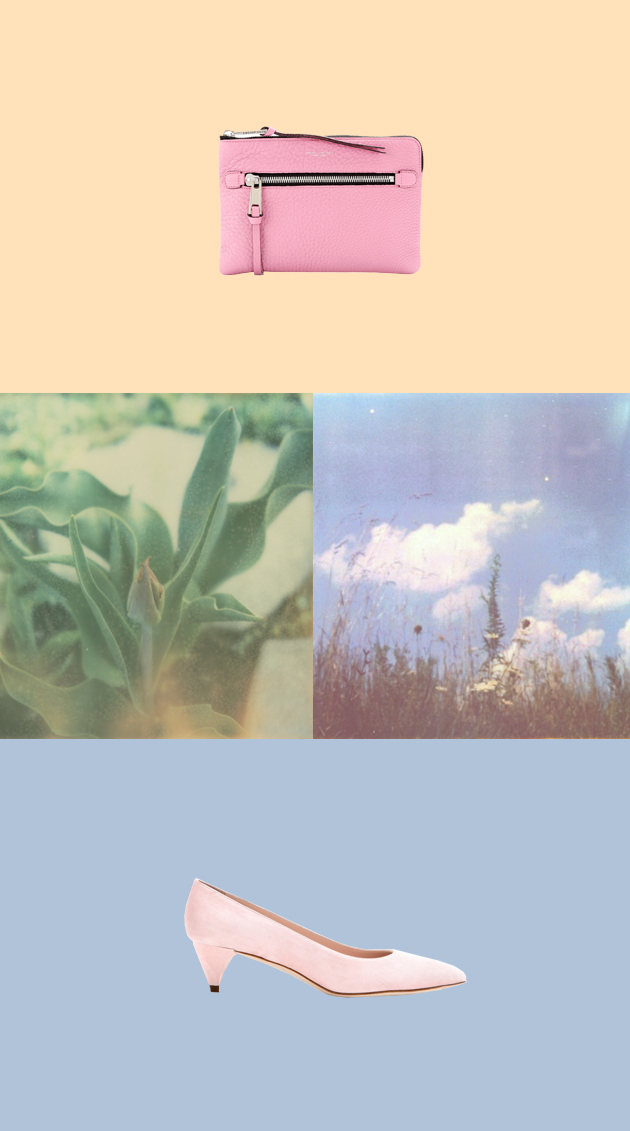
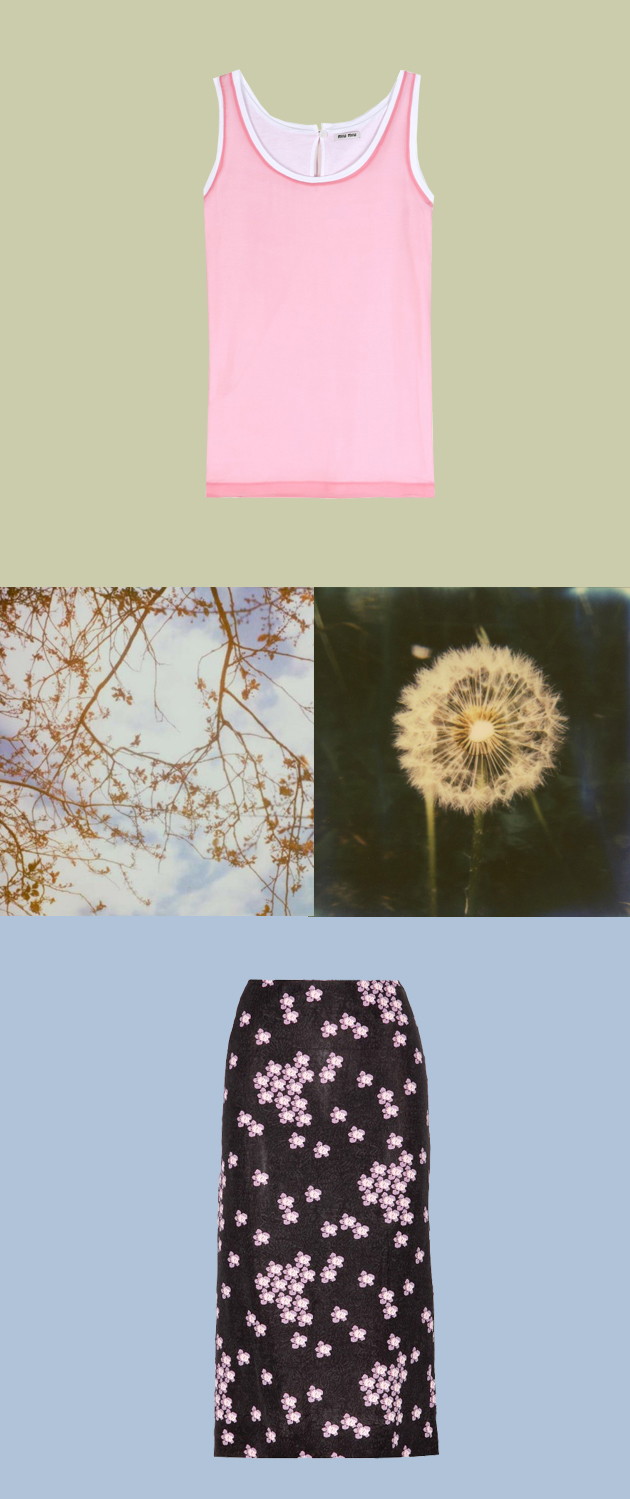
Styling by Vanessa Cocchiaro
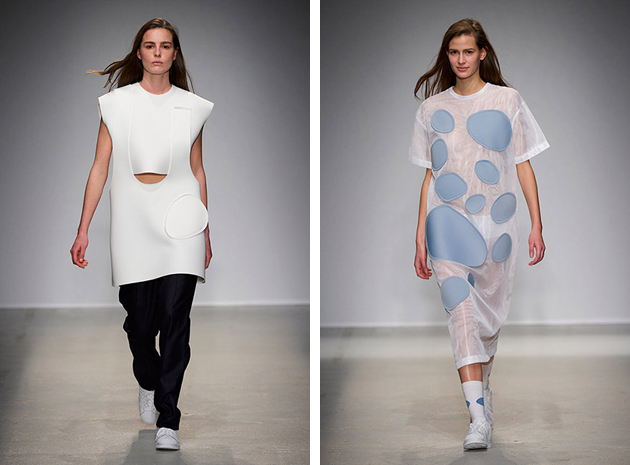
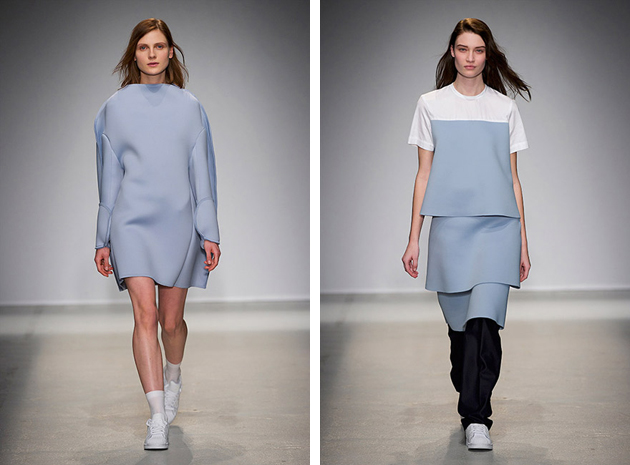
Origins and background story: Simon Porte, the young French designer behind Jacquemus, came under the fashion spotlight following a slightly unorthodox path. Quitting fashion school after only two months, her worked as an assistant in a creative director’s office until 2010, the year when he founded his own brand. A strong proponent of spontaneity, freedom and informality, he started to draw his own line out of his apartments, often sketching ideas while riding the Métro. Yet since debuting his first collection in the spring of 2013, the clothes have stood out and some of the coolest chicks of the Parisian fashion scene have been spotted wearing his creations, while Dover Street Market and Opening Ceremony, the world’s most sought-after stores, started carrying his collections.
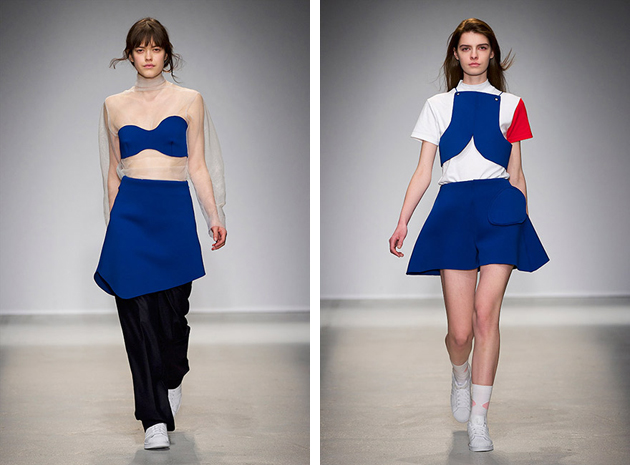
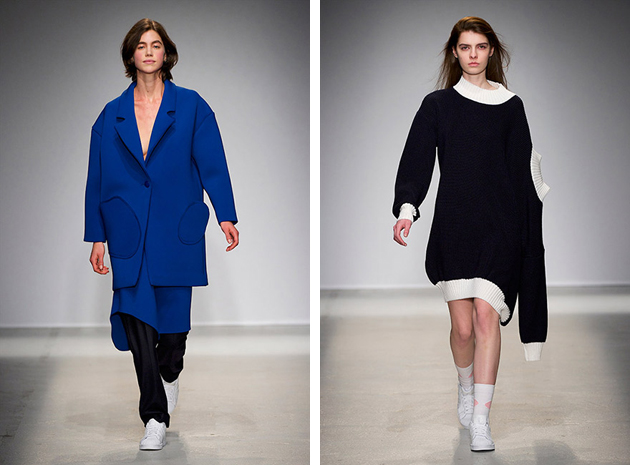
Trademark: One of the key features of Jacquemus’ approach to designing is spontaneity. Simone Porte states: “I don’t like to intellectualise fashion. It’s something very instinctive. Like a child deciding to do something just because they want to. Those circles are like a child drawing something but very badly.” In fact, his clothes are characterized by oversized lines, bold texture and geometric motifs, among which oversized tops and graphic-inspired wear stands out across a couple of collections. Other than his clothes, Jacquemus is also recognized by his way of shaking-up the Parisian fashion week scene with his unorthodox runway style: for his AW 2014 show, he asked all the guests to wear customized hospital scrubs, each having a circular disc stitched onto the torso, while last fall’s presentation was staged at a public swimming pool, where plastic foot-bags were dispensed so that editors wouldn’t sully their shoes.
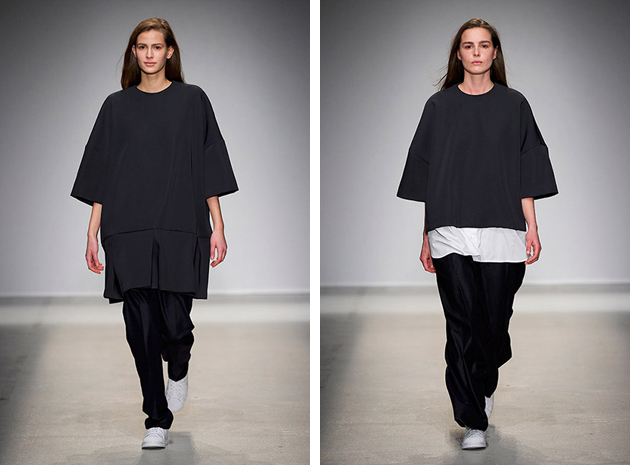
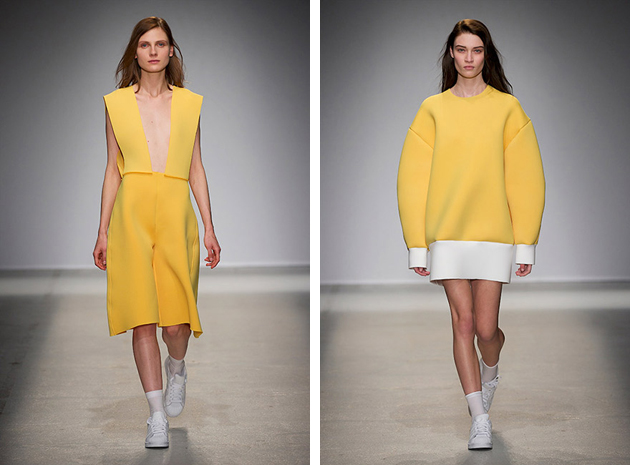
Collections: Jacquemus’ AW 2014 collection started off with white neoprene looks, where one could recognize Porte’s experimental flair. The first piece, an oversized shirt-dress with a rounded back was followed up by overalls worked over a cropped vest and black pants, with oversized details in the form of rounded shoulders and geometric bottoms. Known for his love of the colour blue, the designer proffered three shades of the hue. There were also several pieces in canary yellow and vivid orange – as well as red and striped accents, which contributed to the collection’s screwy theme.
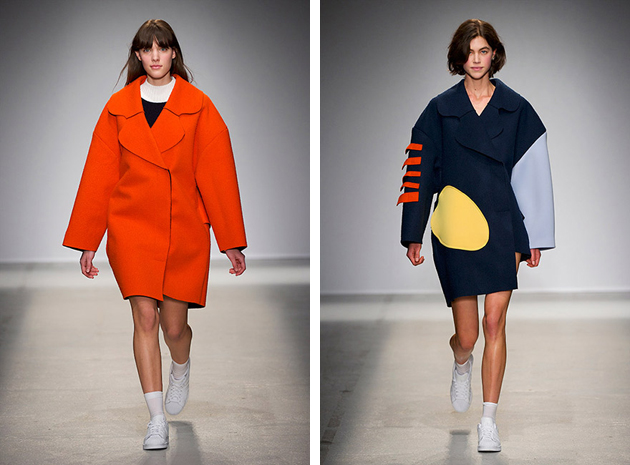
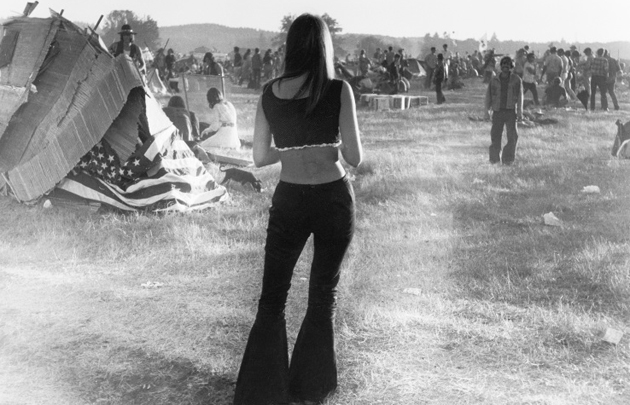
Since the first Woodstock Music & Art Fair was held back in 1969, festival fashion has become a natural segment of the fashion world. There are a few staples in your wardrobe that can be festival essentials and have, through the years, become products of a collective festival fashion history. Let’s take a walk down the memory lane and pick some of the original festival’s key pieces that return season after season.
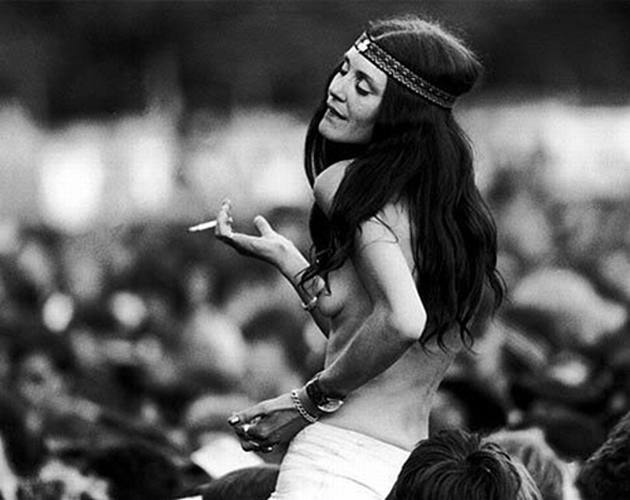
Layered accessories and boho style: A massive trend seen at many festival scenes is the notion that ‘more is more’ especially when wearing several of your favorite accessories together, almost as if making an ironic statement on Marie Antoinette’s decadence. This trend started long before the concept of boho-chic became popular in the beginning of the 2000s. At Woodstock, in 1969, both women and men could be seen sporting this look as a sign of a bohemian laid back glamour. The bohemian hippie was all about being grounded and natural, free and peaceful, showing it by wearing natural materials and having a tendency to lose their shoes.
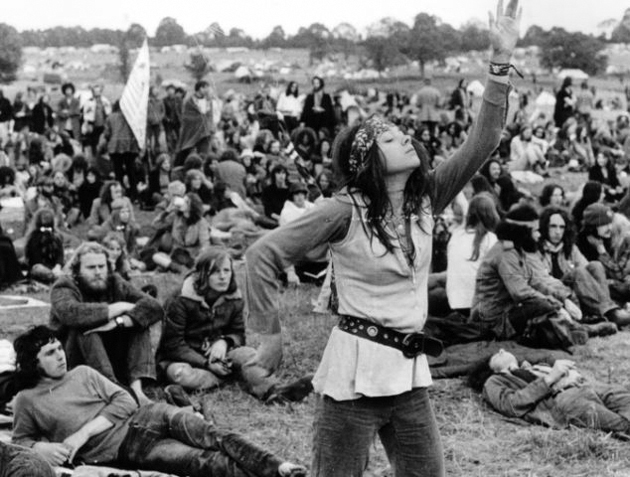
Leather Jacket from 100 Club Punk Special: Gaining a lot of momentum during the 70s, the punk culture, naturally, arose form a festival as well. However, don’t expect to find the serene, au naturel, bohemian Woodstock style, since studded leather jackets and heavy makeup came into use to proclaim their subcultural dominance. A leather jacket is still in play today, having become a natural accessory which both adds edge and flair to your down-time look.
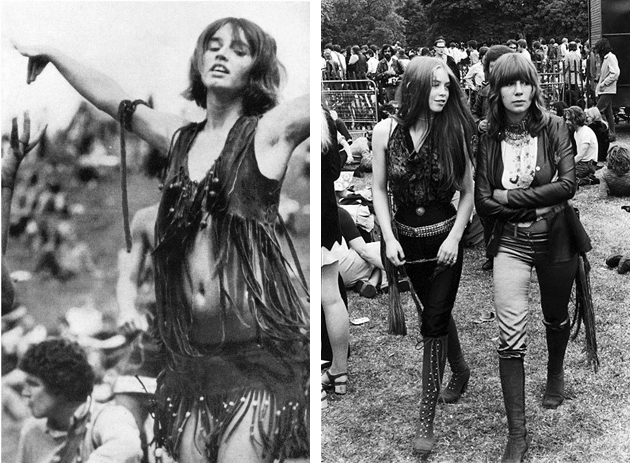
Denim cut offs and oversized shirts from Lollapalooza: In the 90s, grunge was the look that became wildly popular in connection to many youth groups. Musical groups such as Nirvana put the look on the map and at the famous Lollapalooza festival you could spot a lot of distressed denim and oversized plaid shirts. The sporty laid back look of the grunge period is still very much in style, currently more as a stylish break-point to create a twist to a classic easy-going festival look.
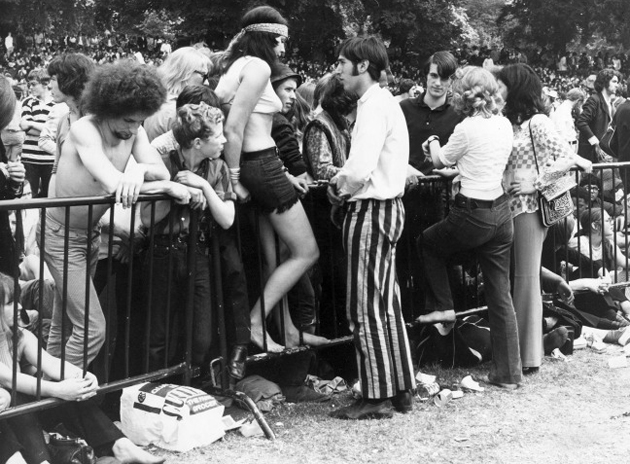
With time, styles generated from genres seem to have blended together, be it through new types of festival music (eclectic musical vibe was created and celebrated), rather than by simply transcending the boarders of fashion. Today, we are all free to blend genres, periods and style in creating our unique festival persona.
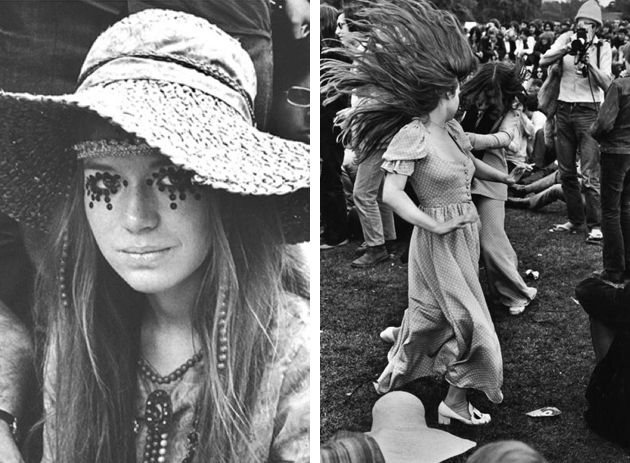
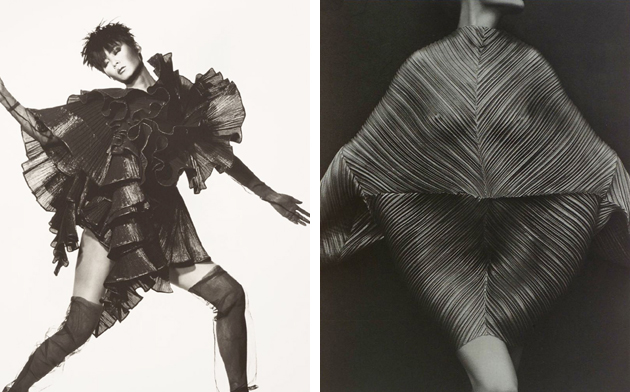
The plissé has conquered SS 2014 catwalks: taking over just every style and form – geometric shapes, a sporty flair, romantic and metal shades – the trend seems to live one of its golden times. As with almost any other fashion trend, the interest in pleated fabrics has a quite long history. Looking as far back as to old Egyptians and ancient Greeks, one can find interesting images portraying long wrap skirts and tunics. At the beginning of the 90s, Issey Miyake, the Japanese designer most known for his perpetual use of plissé, took inspiration from Mariano Fortuny, the inventor of the legendary Delphos robe, in turn a representation of the charioteer of Delphi.
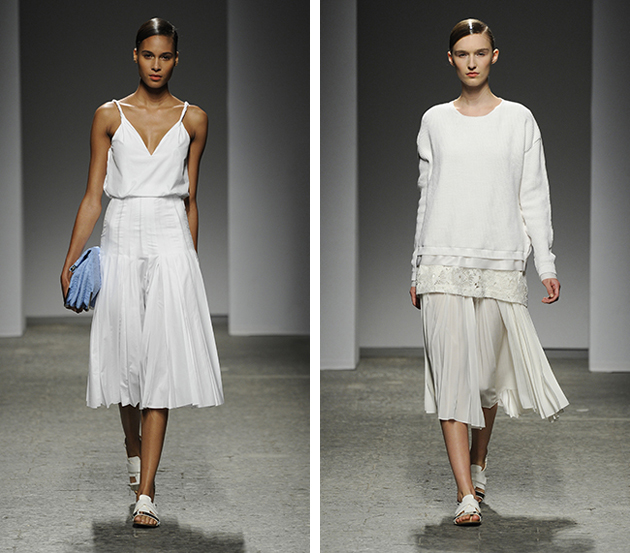
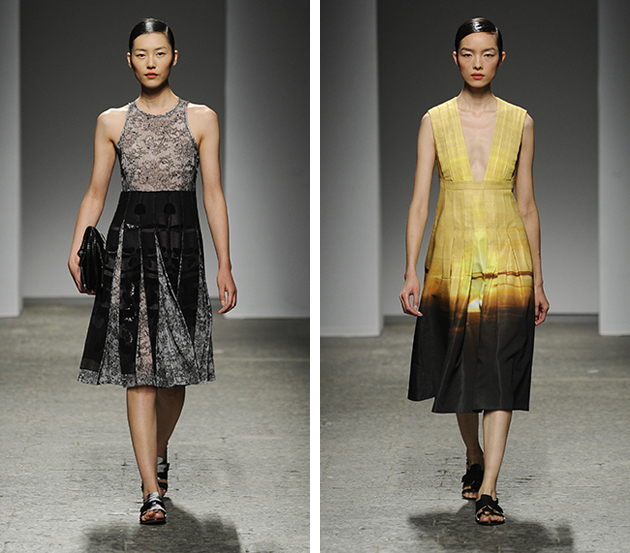
Nearly two decades later, this year we have enjoyed quite a lot of plissé on the catwalks: we admired the sculptured and refined pleated details such as the decorative frills on the clothing of Dries Van Noten; sporty and preppy lines created by Ports 1961; and, again, shimmering yet minimal choices of Proenza Schouler. For Dior, Raf Simons, keeps digging deep into the Maison’s roots, offering a contemporary interpretation of the New Look collection by making clothes shorter with an added modern twist.
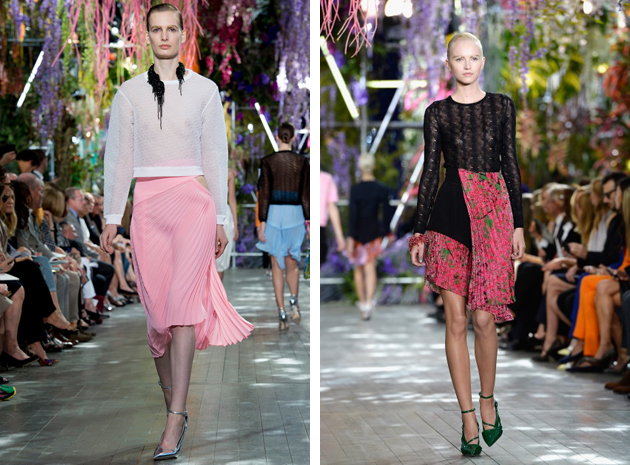
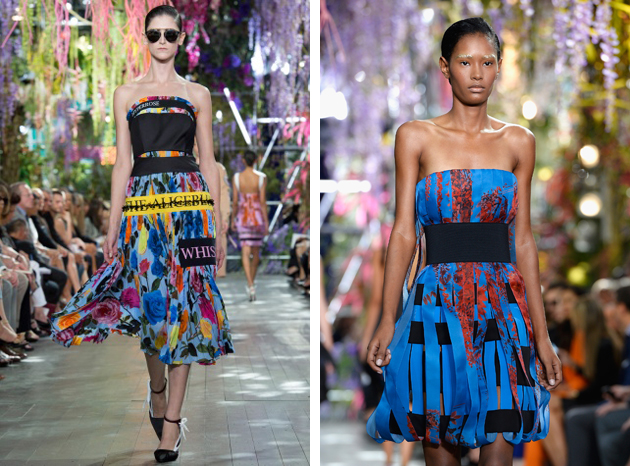
Bringing back the plissé, a technique that requires hours of patience and high ability in craftsmanship, can be understood as a call for bringing the quality back in fashion. Playing with something so hard to obtain, is a sort of a demonstration that deep knowledge and skill should always prevail over colossal industries and low quality.
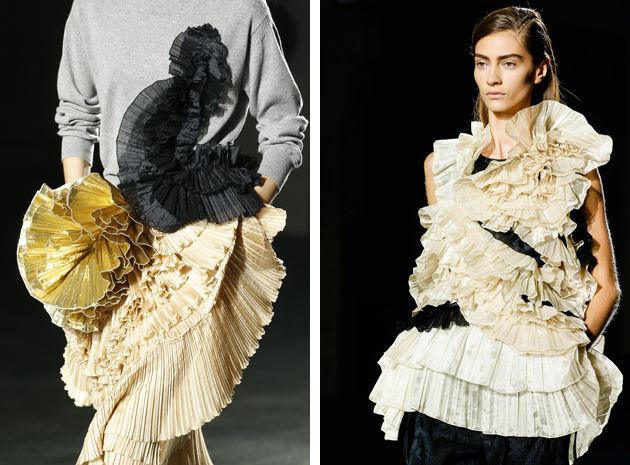
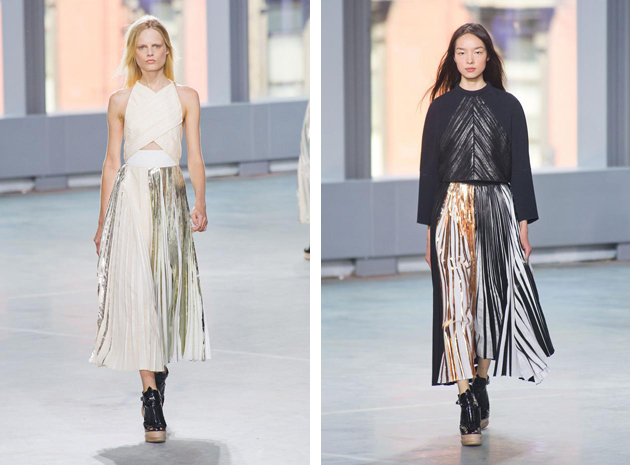
We are quickly approaching men’s fashion week and London is up first! Here are our suggestions of some of our favorite British designers.

Styling by Vanessa Cocchiaro
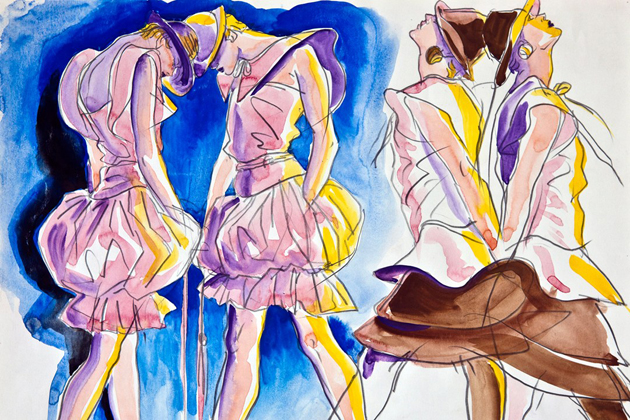
The 70s and 80s were years of experimentation in many fields, but the crossover between art, photography and fashion stands apart for exceptionality and success. Maybe because the favourite (and, of course, shared) subject was life, the kaleidoscopic life of clubs and factories, which was lived as a limitless experience. No boundaries were taken into account: everything was possible.
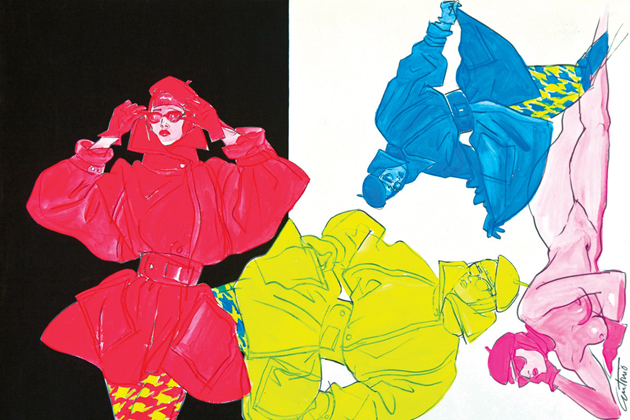
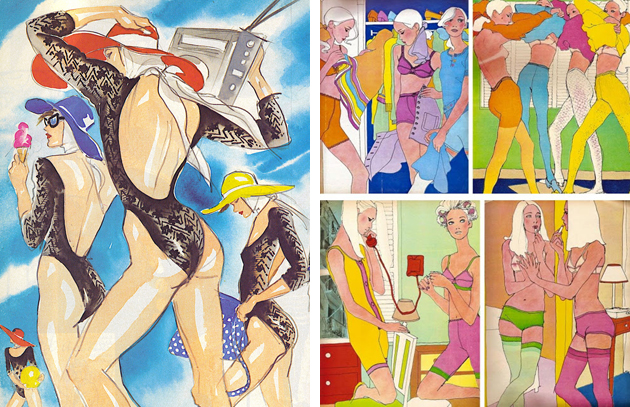
The work of Antonio Lopez can be read as a symbol of this fruitful encounter of disciplines, or better, aspects of life. Antonio Lopez himself can be assumed as one of the heroes of this not so far, yet mythical, past. Calling him a fashion illustrator would be partial to say the least, even if this is the title that characterises him most. Lopez began studying fashion at the early age of twelve, and his career took off quite immediately, since by his twenties he was already a celebrity between the offices of The New York Times, Harper’s Bazaar, Interview and Vogue, illustrating editorials and collections, as he did for Charles James. But the real turning point arrived when he decided to move to Paris with his collaborator Juan Ramos, in 1969: the moment in which Antonio, as he used to sign his drawings, begins to draw fashion, instead of simply drawing fashion. With the eye of the creative director he pervaded his drawings with a strong and explosive style, portraying the women he admired and, in a sense, created as icons, permeating the clothes he depicted of his holistic vision of life.
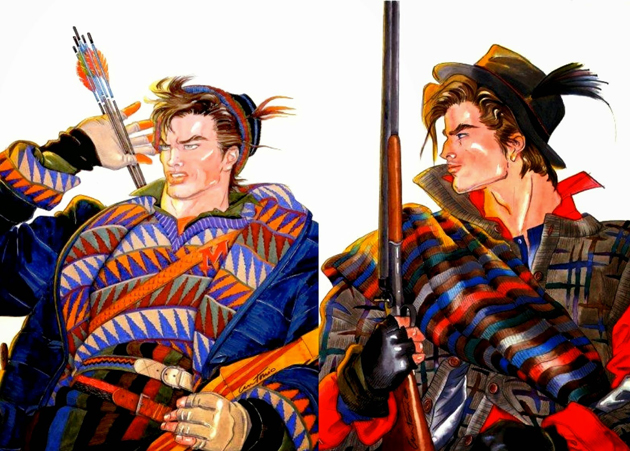
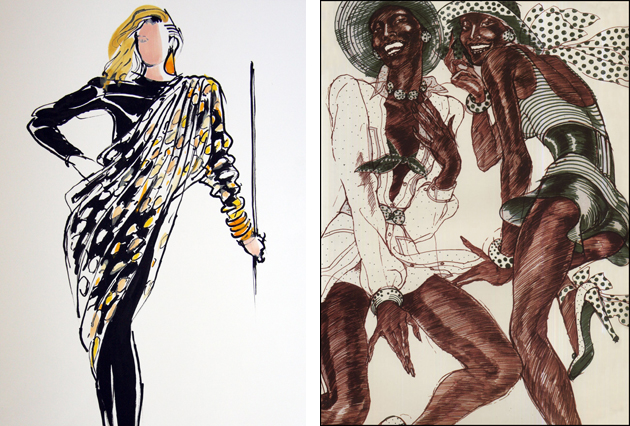
Rosita Missoni used to say that he was able to transform the clothes he drew. Not only giving them a life for themselves, but creating a well defined environment around them, precise in its references and clear in the message he wanted to get through. Clothes became, at the same time, a central object of desire and a ‘mere’ apposition to a strong personality, both physical and psychological. Even Karl Lagerfeld was said to be led to his next design by looking at Lopez’s ‘postproduction’ work on his Chloé designs, leaping over reality in favour of the force of images and statements. ‘His work was such a fashion barometer’, clearly stated Corey Tippin, a member of the group of friends and performers close to Lopez. ‘What one recognized in his illustrations was, in the end, more than just a dress. It was a state of mind’, said Peter Knapp, a photographer who worked with him. A state of mind that contributed to build a precise idea of glamour, filled with clothes, sex, fun and a bit of folly, glowing in each of his artworks.
